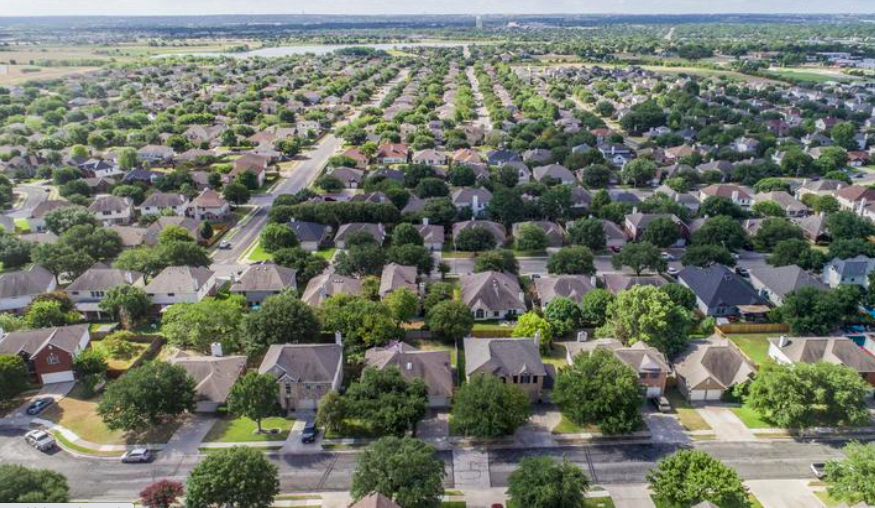Rising home prices have made Austin one of the most equity-rich markets in the nation, according to a recent report.
Of the 107 U.S. metros with populations greater than 500,000, Austin ranked No. 2 for equity-rich properties, according to Attom Data Solution’s first-quarter 2022 U.S. Home Equity & Underwater Report. For Attom, equity rich means that the combined estimated amount of loan balances secured by a property was no more than 50% of the home’s estimated market value.
“Homeowners continue to benefit from rising home prices,” stated Rick Sharga, executive vice president of market intelligence for Attom. “Record levels of home equity provide financial security for millions of families, and minimize the chance of another housing market crash like the one we saw in 2008. But these higher home prices and rising interest rates make it extremely challenging for first time buyers to enter the market.”
In the Austin metro, 73.9% of mortgaged properties were equity rich in the first quarter of 2022. The only metro with a higher percentage than Austin was San Jose, California, with 74.4%. Nationally, about 44.9% of properties are considered equity rich.
The Austin area owns the top spots for equity-rich ZIP codes, with 78739 in Southwest Austin at 84.5%, 78733 near Bee Cave at 84.5% and 78617 in Southeast Austin at 83.6%, according to Attom.
Equity will continue to grow through the rest of 2022, Sharga predicted, though home price increases should become more moderate. Supply chain issues caused by the war in Ukraine as well as rising inflation and higher interest rates are likely to dampen housing demand.

In Austin proper, the average price of a home in May was $686,669, according to Zillow, a 29% increase from $530,000 in May 2021. In May 2020, the average cost of a home was $409,000.
Negative equity
As the number of equity-rich homes increases, negative equity properties are becoming more rare.
The Attom report found that across the nation, about 3% of mortgaged homes were considered to have negative equity — when the balance of a mortgage loan is more than the home’s market value, also known as being underwater — contrasted with 4.7% in the first quarter of 2021.
Other reports support Attom’s findings. A recent study from CoreLogic found that in the first quarter of 2022, the total number of mortgaged residential properties with negative equity decreased 5.3% from the fourth quarter of 2021 to 1.1 million homes, or 2% of all mortgaged properties.
That study shows the Austin metro as having a 1.71% negative equity share.
For comparable Texas metros, Dallas-Plano-Irving has a 1.21% negative equity share, Fort Worth-Arlington has a 1.17% share, Houston-The Woodlands-Sugar Land has a 1.3% share and San Antonio-New Braunfels has a 1.32% share.
Statewide, the average negative equity share is just 1.5%.
The Article is from Austin Business Journal, copyright belongs to owner


